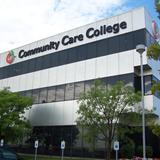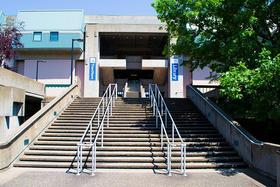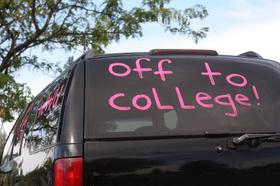School Highlights
ITT Technical Institute-Tulsa served 471 students (79% of students were full-time).
The college's student-teacher ratio of 15:1 was lower than the state community college average of 18:1.
Minority enrollment was 44% of the student body (majority Black and American), which was less than the state average of 56%.
School Overview
ITT Technical Institute-Tulsa
(OK) Community College Avg.
Carnegie Classification
Item not available
Baccalaureate/Associate's Colleges: Mixed Baccalaureate/Associate's
Institution Level
Less than 2 yrs
At least 2 but less than 4 years
Institution Control
Private, for profit
Public
Total Faculty
31 staff
184 staff
Student Body
Total Enrollment
471 students
1,856 students
Student-Teacher Ratio
15:1
18:1
# Full-Time Students
370 students
712 students
# Part-Time Students
101 students
1,144 students
# Enrollment Undergraduate
507 students
248 students
# Full-Time Undergraduate Students
370 students
663 students
# Full-Time Graduate Students
n/a
5 students
# Part-Time Undergraduate Students
n/a
1,058 students
# Part-Time Graduate Students
n/a
14 students
Total Dormitory Capacity
n/a
300 students
% American Indian/Alaskan
11%
8%
% Asian
3%
4%
% Hispanic
8%
11%
% Black
13%
10%
% White
56%
44%
% Hawaiian
n/a
8%
% Two or more races
8%
10%
% Non Resident races
n/a
1%
% Unknown races
1%
4%
Diversity Score
0.64
0.76
College Completion Rate (Students who graduate in less than 4 years)
n/a
54%
College Completion Rate (Students who graduate in 4 years or more than 4 years)
n/a
15%
Average Graduate Earnings (10 Years)
$42,800
$34,700
Tuition and Acceptance Rate
Private State Tuition Fees
$18,048
$14,142
% Students Receiving Some Financial Aid
98%
88%
Median Debt for Graduates
$25,827
$10,500
Median Debt for Dropouts
$9,500
$5,500
Acceptance Rate
69%
55%
SAT Reading
n/a
387
SAT Math
n/a
475
ACT Composite
n/a
18
ACT English
n/a
17
ACT Math
n/a
18
Source: 2015 (or latest year available) Integrated Postsecondary Education Data System (IPEDS)
Frequently Asked Questions
How much does ITT Technical Institute-Tulsa cost?
ITT Technical Institute-Tulsa's private state tuition is approximately $18,048.
What is the acceptance rate of ITT Technical Institute-Tulsa?
The acceptance rate of ITT Technical Institute-Tulsa is 69%, which is higher than the state average of 55%.
Recent Articles
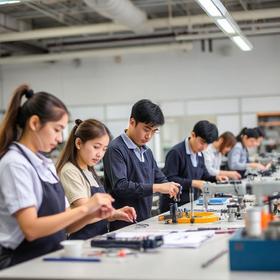
The Rise of Technical and Vocational Training in 2025
Explore the 2025 surge in technical and vocational training—enrollment, policy, costs, and why this path is gaining ground for students and parents.
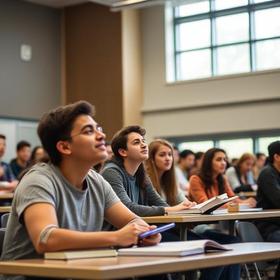
Stackable Credentials: How Community Colleges Advance Careers
Discover how community colleges use stackable credentials to build career pathways, boost earnings, and enable lifelong learning in 2025.

High-Paying Jobs You Can Get with a Community College Degree
Discover top high-paying careers you can launch in 2025 with a community college (associate) degree and high-growth credentials in tech, healthcare and trades.

